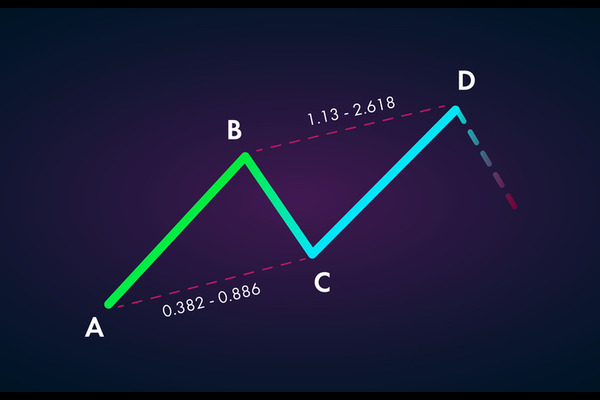Trade hedging is a financial strategy aimed at managing or reducing trade
risks. In the trading market, price fluctuations are unavoidable, which may have
a negative impact on investment portfolios or trading strategies. The goal of
trade hedging is to offset or mitigate potential losses by adopting transactions
in the opposite direction in order to protect investors from the impact of price
fluctuations.

A common form of trade hedging is long-short hedging. This means establishing
both long (buy) and short (sell) positions in the same market simultaneously.
When prices rise, long positions can profit, while short positions can hedge the
potential losses of long positions. On the contrary, when prices fall, short
positions can profit, while long positions hedge the potential losses of short
positions. Through long-short hedging, investors can maintain a relatively
neutral position in the market, reducing losses whether the market rises or
falls.
Another common hedging method is futures hedging. Futures hedging is to hedge
the risk in the Spot market by establishing a position in the opposite direction
in the futures market. For example, an agricultural product producer may face
the risk of price decline, and they can establish short positions in the futures
market to hedge against losses in their spot positions.
In addition, option hedging is also a common hedging method. By purchasing or
selling option contracts, investors can buy or sell assets at a specific price
at a certain point in the future. Option hedging can provide greater flexibility
and protection, as traders can decide whether to exercise options based on the
situation.
The goal of trade hedging is to reduce the risk of price fluctuations in
investment portfolios or trading strategies. However, trade hedging does not
completely eliminate risks but rather tries to reduce them to an acceptable
level.
Risks Related to trade Hedging
1. Hedging incomplete risks
Trade hedging cannot completely eliminate risks, but rather attempts to
reduce their impact. Due to changes in market conditions and limitations in
hedging tools, hedging may not be able to fully hedge potential losses.
Therefore, hedging strategies may not achieve the expected results.
2. Hedge cost risk
Implementing trade hedging requires paying certain costs, such as transaction
commissions, option fees, or interest. These costs may reduce the effectiveness
of hedging, especially in situations where price fluctuations are small or
transactions are frequent.
3. Misjudgment risk
The success of trade hedging is closely related to investors' correct
judgment of Market trends. If investors mistakenly predict price trends or do
not accurately estimate risks, hedging may encounter problems. In addition,
investors also need to choose hedging tools correctly and set a reasonable
hedging ratio; otherwise, it may lead to adverse results.
4. Counterparty risk
Trade hedging involves trading with counterparties. If the counterparty is
unable to fulfill the contract or there is a risk of default, the hedging
strategy may be affected. Therefore, investors need to evaluate the credit risk
of counterparties and choose reliable partners.
5. Market Risk
Trade hedging cannot resist overall market risks. If the market experiences
severe fluctuations or unpredictable events, hedging strategies may not be able
to fully respond, and investors may still face potential losses.
Before implementing trade hedging strategies, investors should fully
understand and evaluate these risks and choose hedging strategies reasonably
based on their investment goals, risk tolerance, and market conditions. In
addition, it is necessary to regularly monitor and adjust hedging strategies to
ensure that they are in line with actual situations and can effectively manage
risks.







